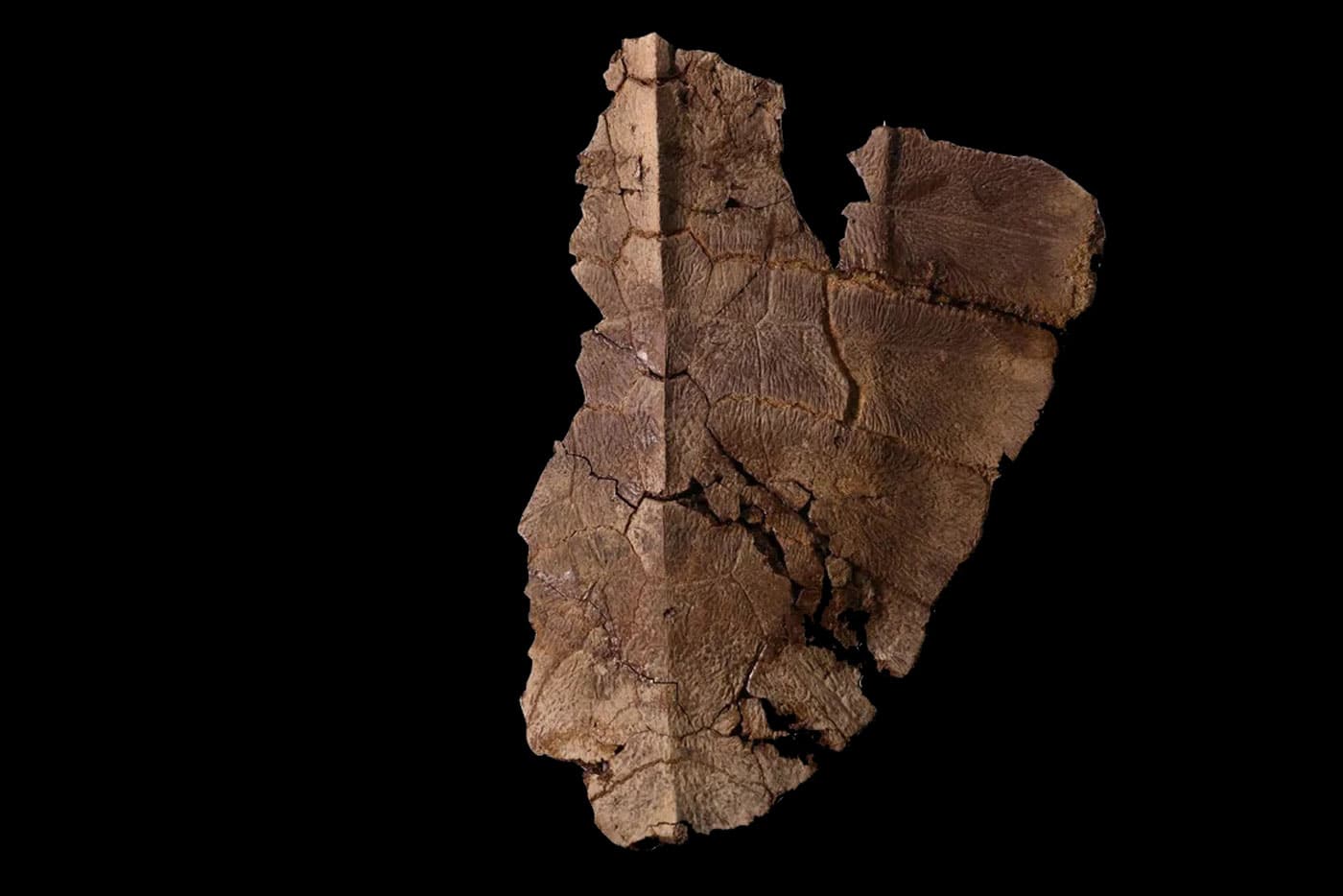
There are now seven different species of sea turtles. They include Olive Ridley and Kemp’s Ridley, both belonging to the genus Lepidochelys. Because the group lacks an indisputable fossil record, the evolutionary history of this species needs to be better understood.
A discovery by the Smithsonian Tropical Research Institute in Panama describes a partially preserved carapace from the upper Miocene Sagres Formation of Panama, representing the oldest fossil record of Lepidoceles. Scientists have found remains of a turtle shell containing traces of DNA.
The fossil discovery reveals that this turtle lived in Panama during the Upper Miocene epoch, about 6 million years ago. With ice caps accumulating at the poles, sea levels falling, and less rainfall, the planet became colder and drier.
Scientists have also found traces of DNA in the fossilized bones of this turtle. They identified preserved bone cells (osteocytes) with nucleus-like features and used a solution called DAPI to verify the presence of genetic material.
Dr. A.S. Edwin Cadena of the University of the Rosary in Bogotá, Colombia, said. „Within the entire vertebrate fossil record of the planet, this has previously been reported in only two dinosaur fossils, including one from Tyrannosaurus rex, indicating ancient DNA.”
This discovery makes the fossil vertebrates preserved on the Caribbean coast of Panama extremely important for understanding the biodiversity at the time of the formation of the Isthmus of Panama. Preservation of soft tissues and possible original organisms, such as proteins and DNA, are key components of the emerging field known as molecular paleontology.
Carlos de Gracia, co-author of the study, said, „Caribbean fossils from Panama that we’ve been able to recover over the years are helping to rewrite the history of the marine vertebrates of the Isthmus.”
Journal Note:
- Edwin-Alberto Cadena, Carlos de Gracia, Diego A. Gambita-Romero et al. An Upper Miocene sea turtle from Panama that preserves osteocytes with viable DNA. Journal of Vertebrate Paleontology. DOI: 10.1080/02724634.2023.2254356

„Oddany rozwiązywacz problemów. Przyjazny hipsterom praktykant bekonu. Miłośnik kawy. Nieuleczalny introwertyk. Student.
